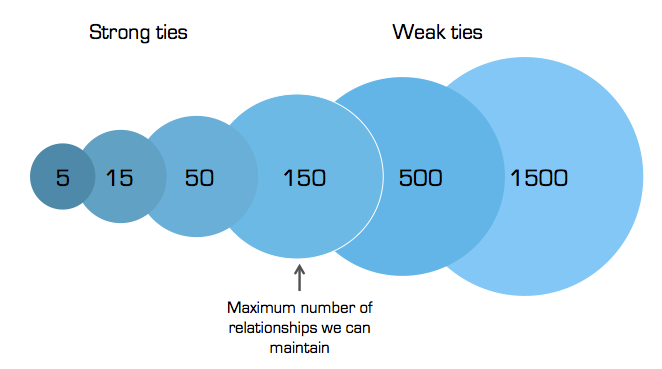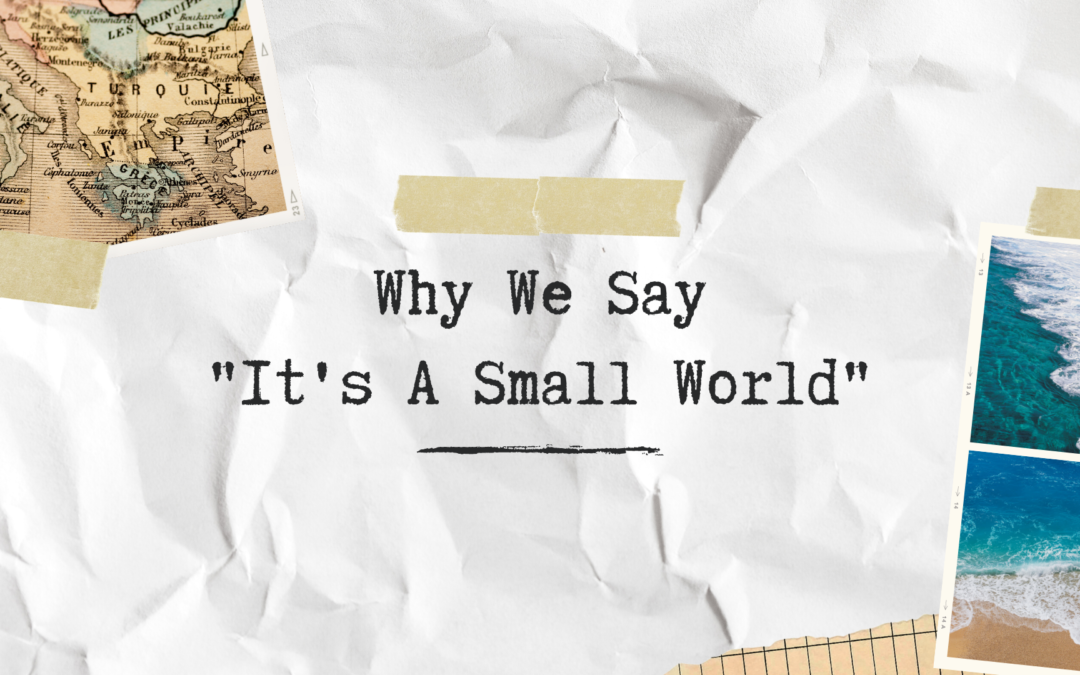A few days back I was talking to one of my schoolmates. We were discussing college preferences when he suddenly congratulated me for getting into one of the colleges. I was shocked as to how he knew about it since I hadn’t told him. Turns out, that someone with whom I shared a few classes was his friend.
Later, I talked to the friend (yes, the one I used to have classes with) and mentioned the other guy. The friend was taken aback by the fact that I already knew that the two were buddies. He asked me how I knew him since he’s from a different stream than mine.
If this wasn’t already confusing enough, I knew the first guy through another one of my classmates, who by the way is a mutual friend to all three of us already in the equation 😂😂
By the end of the conversation, all I could say was – it’s a small world.
But the other guy came back with an equally fitting reply – with 8 billion homo sapiens and thousands of bacteria, you still think it’s a small world?
Me being me, came back with – yeah there are 8 billion people, but on average, a person is connected with only 150 in his or her life.
Now you might think what’s up with this specific figure of 150?
Let me tell you, it’s not something that I just made up.
This number comes from a theory by British anthropologist Robert Dunbar. It’s called the Dunbar Number.
The Dunbar number is a cognitive limit to the number of people with whom one can maintain stable social relationships—relationships in which an individual knows who each person is and how each person relates to every other.
He had found a correlation between brain size and the social group size of a species.
With the help of the size of the human brain and the data from previous studies, this number was found to be 150.
It is the number of people with whom we can comfortably maintain social relations. We know who they are and how they are related to each other. Dunbar explained it informally as “the number of people you would not feel embarrassed about joining uninvited for a drink if you happened to bump into them in a bar”.
This means that most of your Instagram followers or LinkedIn connections won’t make it to the list of people you actually have a stable relationship with.

This number, however, is not fixed and can change depending upon gender, social exposure and personality.
Interestingly, the various circles represent the kinds of social spheres we all have (did anyone catch that pun or am I just lame?) –
The “Core group” = up to 5 people (family and best friends).
The “Close Group” = 12-15 people (close kinship and good friends).
The “Acquaintance Group” = 50 people (band of related close groups).
The “Personal Social Group” = 150 people (bands of common lineage — what Dunbar believed to be the biggest group of people one person can have close relationships with).
The “Clan” = 450-500 people (cohesive sub-tribal unit).
The “Tribal Group” = 1500 — 2000 people (tribe).
Now it makes sense that even though there are billions of people on this earth, we often tend to feel it’s a small world and keep bumping into old friends, friends of friends or acquaintances in the most unexpected places.

